
2016-09-18
9月14日,美國弗吉尼亞理工大學 杰出名譽教授Paul B. Siegel應邀參觀上海派森諾生物科技股份有限公司(以下簡稱“派森諾生物”)。
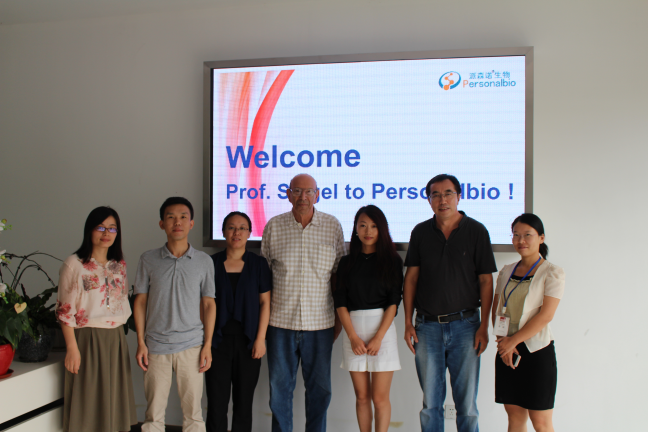
Paul B. Siegel 教授現任美國科學促進會會士;曾任美國生物科學學會會長、美國動物行為學會會長、美國家禽學會會長、美國弗吉尼亞科學學會會長、世界家禽學會資深副會長等職位。
Siegel教授長期致力于鳥類物種行為學和免疫遺傳學研究。發表了400余篇期刊論文,并獲得家禽科學研究獎、中共國際家禽研究獎、家禽研究先驅獎等特殊榮譽。
今天,在派森諾首席科學家孟和教授的陪同下,參觀派森諾生物。
下圖為Siegel教授與孟老師等換上實驗服,走進了派森諾的實驗室,從實驗環境到實驗平臺,孟教授都陪同Siegel教授一一參觀了解,并為其詳細介紹。
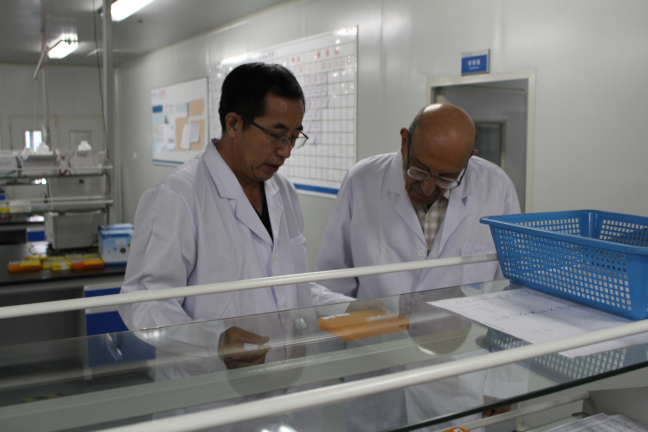
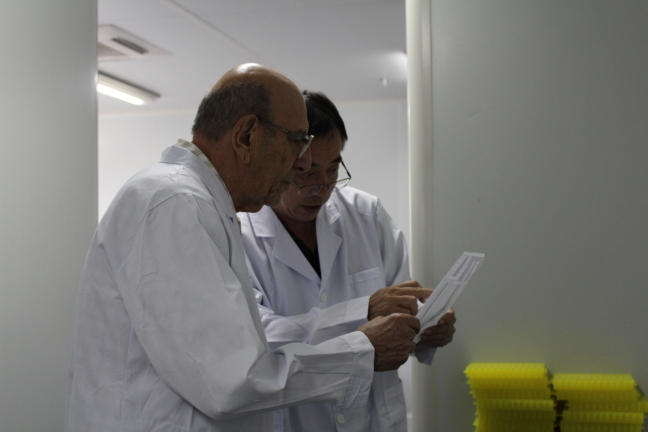
在實驗室外,Siegel教授與我們的部門負責人進行深切交談。
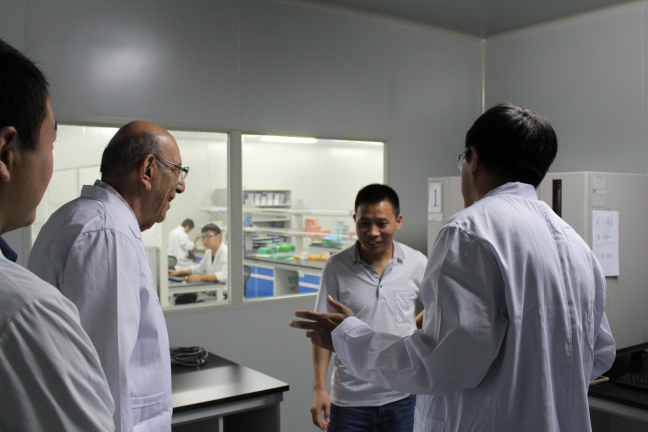
走出實驗室,Siegel教授又隨著孟老師等人一起來到了一樓的辦公區域,了解派森諾員工每天的工作環境。
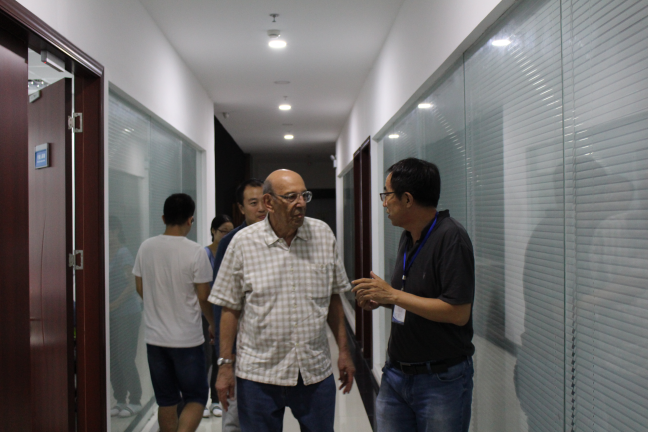
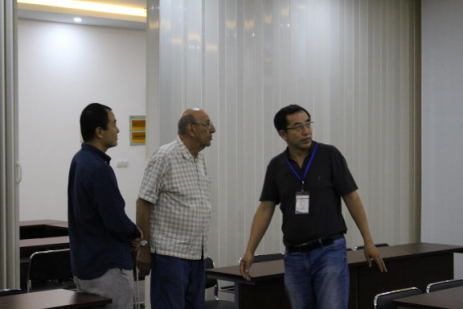
最后離開之際,Siegel教授與管理層、技術人員合影留戀。
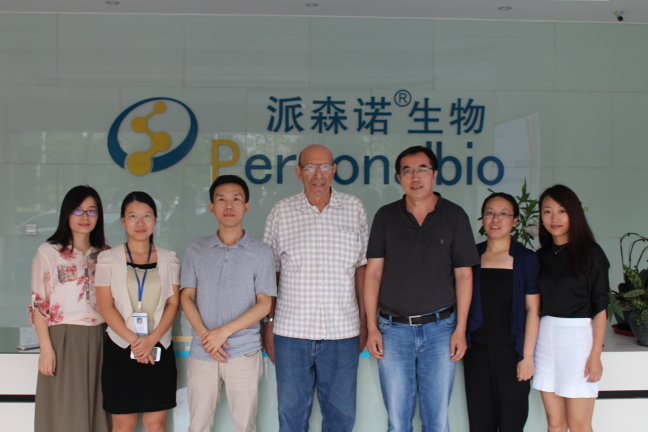
在此,派森諾全體員工祝愿Siegel教授have a beautiful time in Shanghai ,同時也提前預祝Siegel教授中秋節快樂!Happy Mid-Autumn Festival !

Dr. Paul Siegel was raised on a small (12 hectares) family poultry and tobacco farm in the Northeastern part of the United States. After receiving his BS in Poultry from the University of Connecticut, he went 2,500 km to America’s heartland (Kansas) where he received his MS and PhD in Genetics.
Upon completion of his PhD in 1956, he moved 1,800 km to the southern United States where he joined the faculty at Virginia Tech. Currently, he holds the rank of University Distinguished Professor, Active Emeritus (this rank is limited to <1% of the faculty). While at Virginia Tech, he has taught graduate and undergraduate courses in poultry, genetics, and behavior, as well as serving as major advisor to >50 graduate students.
The author of >500 publications, he is the recipient of numerous awards for his research, including an honorary doctorate from Swedish Agricultural University, and is an Inductee to the American Poultry Industry Hall of Fame and the International Poultry Hall of Fame.
Selected Publications
Parker, G. A., L. H. Sumners, X. Xhao, C. F. Honaker, P. B. Siegel, M. A. Cline, and E. R. Gilbert. 2015. Delayed access of low body weight-selected chicks to food at hatch is associated with up-regulated pancreatic glucagon and glucose transporter gene expression. Comp. Biochem. Physiol. Part A: Mol. Integr. Physiol. 189:124-129.
Sheng, Z., M. Pettersson, C. Honaker, P. Siegel, O. Carlborg. 2015. Standing genetic variation as a major contributor to adaptation in the Virginia chicken lines selection experiment. Genome Biol. 16: 219. doi:1-.1186/s13059-015-0785-z.
Alexander, M., S. Y. W. Ho, M. Molak, R. Barnett, O. Carlborg, B. Dorshorst, C. Honaker, F. Besnier, P. Wahlberg, K. Dobney, P. Siegel, L. Andersson, and G. Larson. 2015. Mitogenomic analysis of a 50-generation chicken pedigree reveals a rapid rate of mitochondrial evolution and evidence for paternal mtDNA inheritance. Bio. Lett. http://dx.doi.org/10.1098/rsbl.2015.0561.
Lu, Y., J. S. Bradley, P. B. Siegel, N. Yang, and S. E. Johnson. 2016. Selection for divergent body size alters rates of embryonic skeletal muscle formation and muscle gene expression patterns. Develop. Growth Differen. 57:614-624.
McConn, B. R., J. Yi, E. R. Gilbert, P. B. Siegel, V. S. Chowdhury, M. Furuse, M. A. Cline. 2016. Stimulation of food intake after central administration of gonadotropin-inhibitory hormone is similar between genetically selected low and high body weight lines of chickens. Gen. Comp. Endocrocrin. doi: 10.1016/j.ygcen.2016.01.004.